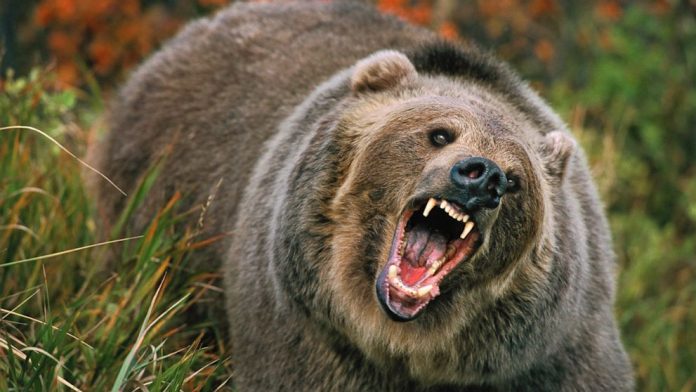Stocks plunged this morning as investors digested the latest Big Tech earnings. Amazon (NASDAQ: AMZN) and Apple (NASDAQ: AAPL) both reported after the closing bell last evening, revealing forward guidance that ranged from underwhelming to downright bearish.
Apple posted major beats in both EPS and revenue but warned investors that persistent supply chain issues, coupled with the recent Covid outbreak in China, could cost the company billions of dollars next quarter.
Amazon, meanwhile, missed on revenue while providing a major downward revision to guidance that caused AMZN shares to crater after-hours. It’s clear that inflation has cut into Amazon’s margins significantly.
Instead of passing these costs on to customers, though, CEO Andy Jassy is making investors foot the bill – something Jeff Bezos was famous for doing in the past.
AAPL was down roughly 1% shortly before noon today while AMZN effectively crashed, falling over 12% through the morning.
The three major indexes dropped as a result. Now, the S&P and Nasdaq Composite both seem as though they’ll test support near their 2022 lows in the near future.
“The current market performance is threatening to make a transition from a longish and painful ‘correction’ to something more troubling,” wrote Marketfield Asset Management Chairman Michael Shaoul.
“March 2020 for instance saw very sharp declines, but equally fast recoveries. The current episode looks much more likely to impose long-lasting losses in investors that piled in during the 2021 rally, and is best thought of a ‘creeping bear market,’ that is steadily widening its net over prior market leadership.”
During every bear market, most investors believe that the next bull market is right around the corner. Plenty of otherwise successful traders were caught in this trap after the Housing Bubble burst in 2008. The S&P rallied 13% from March to May of that year after falling almost 20% the five months prior.
Wall Street advised its clients that the worst was over. The S&P then crashed another 50% after the bear market rally peaked, eventually bottoming out nine months later. Macro concerns scrubbed away any enthusiasm generated by earnings.
A similar situation has formed over the last week.
“Despite what we view as a solid overall earnings period so far, the positive results look to be getting overshadowed by some of the broader concerns related to inflation and the Fed,” said BMO’s Brian Belski said in a note.
The Nasdaq Composite is already in a bear market, having fallen over 20% from its recent high. The S&P needs to drop another 8.5% to join it.
Will that happen? If the Fed sticks to its guns and aggressively tightens this year, it probably will. Should the Fed capitulate in response to recession fears, however, an enormous rally would follow.
But for the time being, it looks like the Fed’s going to stay the course. The central bank’s favorite inflation gauge – the personal consumption expenditures deflator – rose 6.7% year-over-year according to a reading from this morning. That’s the highest it’s been since 1982. Spending rose 1.1% month-over-month, outpacing the 0.5% monthly rise in incomes.
In other words, the inflation situation has not really improved. It arguably got worse.
And that should keep stocks subdued, especially after AMZN and AAPL revealed disappointing Q2 projections last night that have only intensified slowdown concerns.







